And a Googly year it was...
Google is easily the most prolific of the major technology companies, as it proved in dramatic fashion in 2012. We saw an augmented reality headset, cool new Nexus hardware, clever new Web services, and even a few terrible, terrible ideas. Throughout the year, the company continually surprised us—and reminded us that the modern Google is interested in much, much more than refining its search algorithms.
Can you recall the best and worst of Google’s 2012 output? Click through this slideshow, and let us know if we forgot to include any massive wins or fails.

HIT: Nexus 7
This June, Google became a major player in the tablet market when it unveiled the 7-inch Nexus 7 for a mere $200—a price that should make every potential Kindle Fire buyer think twice about aligning with Team Amazon.
The Nexus 7 was quickly acclaimed as the best Android tablet available, and even impressed iPad fans. Built in partnership with Asus but branded as a full Google product, the Nexus 7 is comfortable to hold, offers a high-quality display, boasts good battery life, and is zippy and responsive to gesture controls. Who said a “real” Android tablet would never be able to compete in a gadget space dominated by Apple and Amazon?

MISS: Nexus Q
Google's biggest flop was announced alongside the Nexus 7 at June’s Google I/O conference. The Nexus Q is a Death Star-like orb designed to stream music from your Android smartphone or tablet. That sounds good on paper, but the hardware costs a whopping $300 and doesn’t include any speakers. What's more, you can’t control it with iOS, Windows Phone, or any desktop software; its Android support is limited to Ice Cream Sandwich and Jelly Bean; and it supports only Google Music, Google Video, and YouTube, so forget about using it to stream content from third-party apps.
Google bragged that the Nexus Q was its first fully homegrown hardware product—conceived, engineered, and manufactured with no partner support. But it was also a total fail, and has been pulled entirely from the Google Play store.

HIT: Google Glass
Taking a major leap into the future, Google used a brazen skydiving stunt at Google I/O to publicly unveil an early prototype version of Google Glass, a futuristic augmented reality headset that one day may replace your smartphone. Google ultimately envisions a product that can snap photos, facilitate video chat, provide walking and driving directions, and receive and send instant messages and emails—all via a head-mounted display. In 2013, Google will deliver prototype Google Glass units to a limited number of developers who paid $1500 each to get their hands on Google's sci-fi spectacles.
Is the Glass project somewhat wacky or even borderline insane? Most definitely. But the skydiving stunt does prove that Google has the germ of an idea that just...might...work.

MISS: Google hobbles ActiveSync
In December, Google announced that users of its free Gmail service would lose the ability to use Exchange ActiveSync for syncing Calendar, Gmail, and contacts on new devices. (The service, however, will continue for business, government, and education customers of Google Apps.) Google said it was making the switch because it could use open protocols to achieve similar results, but the decision really appears to be a swipe at Microsoft, the creator of Exchange ActiveSync. In 2012, the companies also battled over Google's revised privacy policy, patent issues, and the current war for Santa Claus.

HIT: Google Now
Introduced with Android Jelly Bean in June, Google Now is the company’s take on a digital personal assistant that collates personal data and delivers it to you unprompted. For example, if you’re due to attend a meeting on the other side of a town, Google Now will, in theory, alert you to traffic problems that might make you late. The tool can also share sports scores, flight-time alerts and weather reports, all unprompted.
Google has been circulating the concept of Google Now for some time, and it’s great to see it finally reach fruition. Google Now is also an early example of services Google can deliver based on its unified privacy policy, which lets the company merge all your Google data into a single database. Google Now is expected to roll out to desktop PCs as part of the Chrome browser in the coming months. We welcome this new addition.

MISS: Cheap Chromebooks
Google and its manufacturing partners finally nudged down the prices of Chromebooks (laptops running the browser-based Chrome OS) below $200 in 2012. Three budget Chromebooks were released this year, including the $200 Acer C7, the $250 Samsung Series 5 550, and a $300 version of the C7. Still, even with much lower prices, users were more interested in buying a 7-inch tablet for $200 than blowing their cash on a hobbled notebook. The Chromebook initiative isn’t dead, but if public support drops any further, we should expect to see hardware partnerships all but die in 2013.

HIT: Google Fiber
Google became an ISP in July 2012, announcing specifics for Google Fiber, a fiber-to-home service in Kansas City that features 1- gigabit-per-second data bandwidth, cable TV service, and reasonable pricing. In true Google style, there's even a free option (although it has limited availability). So far, Google has only the most modest plans to expand its pilot project, but the company's flirtation with providing killer Internet service along with TV—and maybe one day phone service—may have competitors scrambling very soon.

MISS: Google Wallet woes
People will always be wary of new technologies, especially where their money is concerned. But Google didn’t help the adoption of Google Wallet, its NFC-based mobile payments platform, when several security concerns emerged. In early February, security firm Zvelo found an exploit that could reveal the security PIN for Wallet users with rooted Android phones. Soon after, the blog Smartphone Champ reported a far more serious security flaw that would allow a phone thief to reset a Google Wallet PIN, and access money on a prepaid card, even if the phone wasn't rooted. This flaw prompted Google to temporarily halt Wallet's prepaid credit card functions. Google is also having a tough time convincing wireless carriers to support Wallet in their partner smartphones.

MISS: Search Plus Your World
Google started to take search personalization to the extreme in January with the introduction of Search Plus Your World, a new search interface that’s supposed to elegantly bring up personalized, relevant content by harnessing data from Google+.
New SPYW results might include photos from your contacts and Google+ profiles of notable personalities and businesses. As the service rolled out, however, it really began to feel like one big promotion for Google+. Accessing data from other social networks would certainly mitigate the problem, but that would only steal thunder from Google+, which continues to grasp for relevance in a world dominated by Facebook and Twitter.

MISS: 11 months of Jelly Bean
Google was so excited in November to introduce Android 4.2, an updated version of Jelly Bean, it killed an entire month in the system's People/Contacts app. As the Android team said in a Google+ post, “We discovered a bug in the Android 4.2 update, which makes it impossible to enter December events in optional fields of the People app (this bug did not affect Calendar). Rest assured, this will be fixed soon so that those of you with December birthdays and anniversaries won't be forgotten by your friends and family.”

HIT: Musical doodles
Sometimes Google’s custom home page logos—also known as Google doodles—get a little old, especially for specious non-events, such as the 46th anniversary of Star Trek. But we’re not total curmudgeons, and we have to applaud the Robert Moog-inspired doodle posted in May that lets you create and share your own musical compositions. The Moog doodle even inspired a wide array of inventive musical creations on YouTube and Google+. In November, Google introduced another musical treat with Jam, a Web app for Chrome that lets you play in a virtual band, online with friends.

MISS: Android fragmentation
Google has been so busy rolling out new versions of Android that it hasn't spent enough time with hardware partners to update legacy devices to its latest OS. Indeed, as of December, a little more than 50 percent of users were still running Android 2.3 (also known as Gingerbread), according to Google's developer site. Gingerbread is a 2-year-old system, and has since been eclipsed by two newer Android smartphone OSs. Bringing updates to legacy phones has always been an issue for Google, not to mention for hardware manufacturers, which are complicit in the problem. The issue of OS “fragmentation” was a big deal in 2011, and we didn’t see much relief in 2012.

HIT: Google Trekker
Google Maps already offers Street View, a mapping tool that lets you virtually walk down city streets, and even enter indoor spaces, all from the comfort of your Web browser or maps app. But in 2012, the company revealed a new technology that takes all the photographic equipment that’s loaded into Street View vehicles—namely, 15 cameras, each snapping 5-megapixel images every 2.5 seconds—and puts it into a 40-pound Trekker backpack that you can take to extreme locations. The upshot? Now challenging terrain like the Grand Canyon can be captured in 360-degree panoramic views. Google hasn’t yet made live its Grand Canyon image captures, but the mere concept of Trekker is a hit.
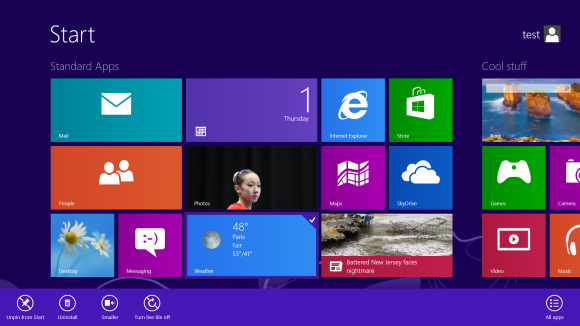
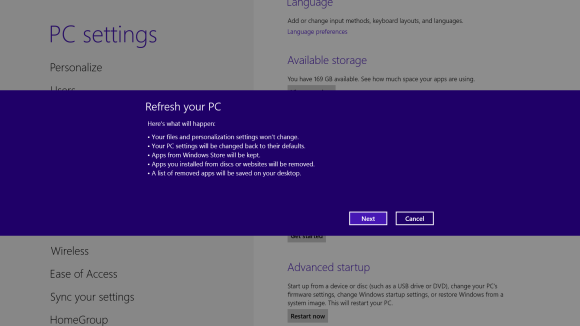
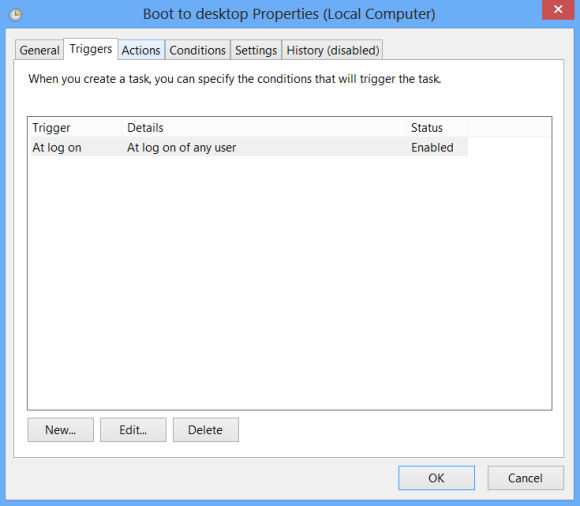
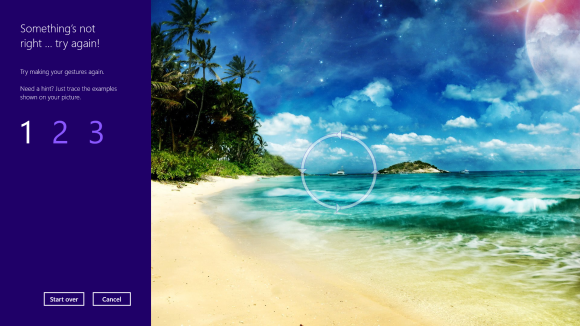
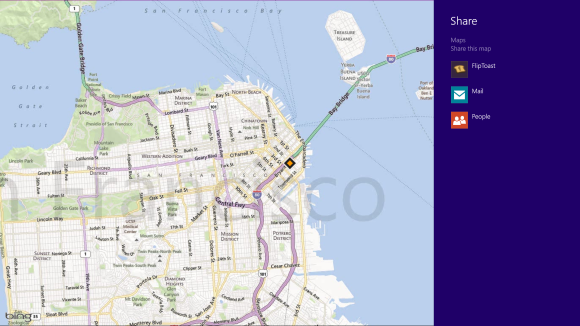
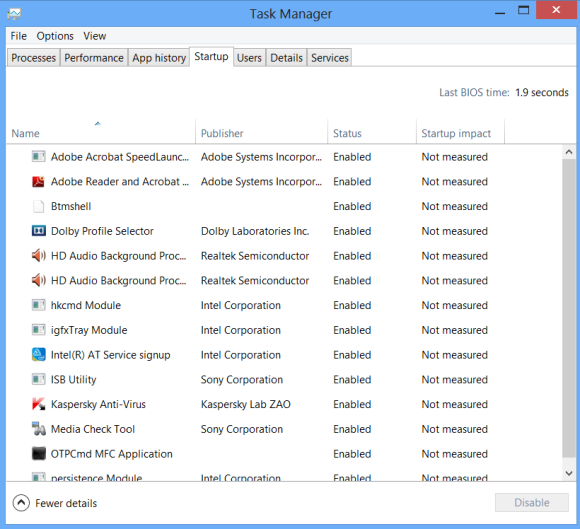
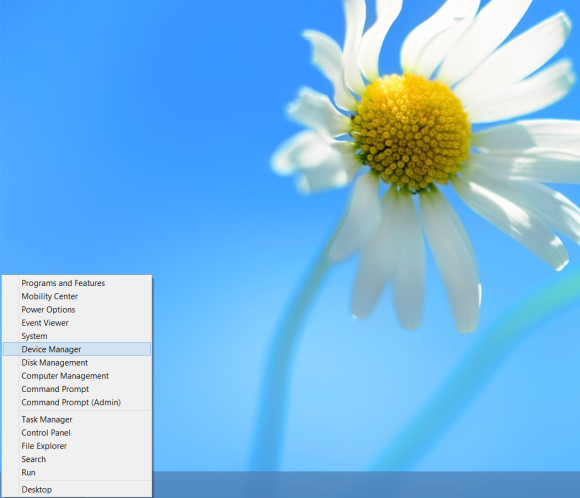
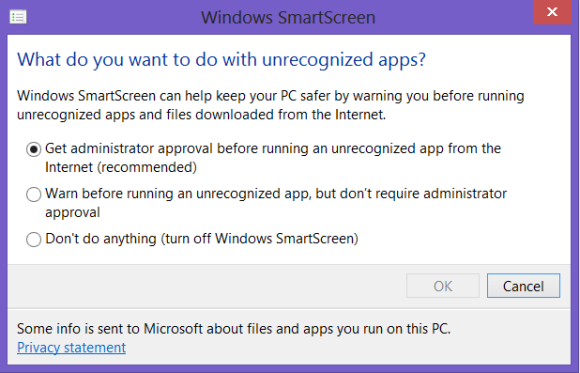
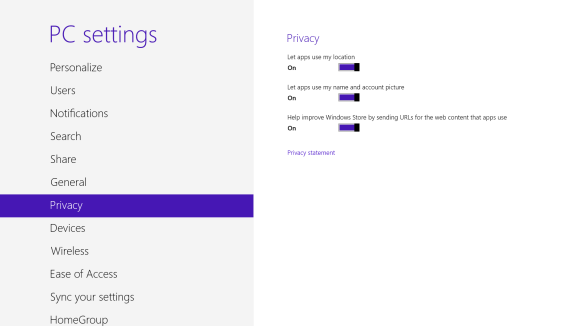

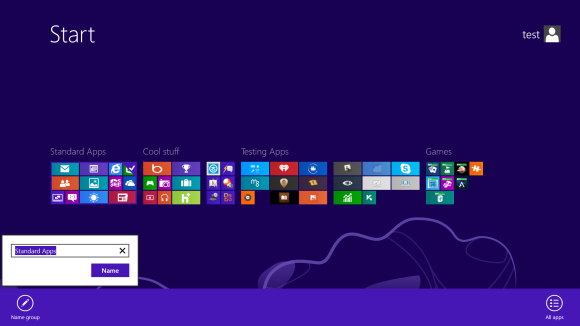
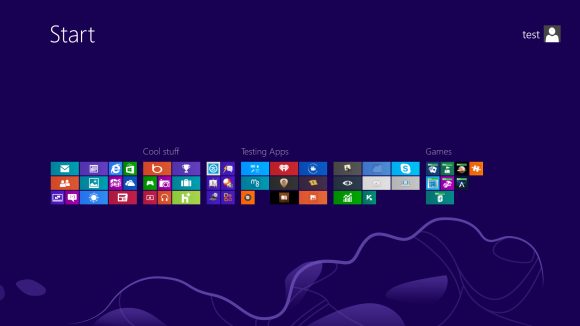


















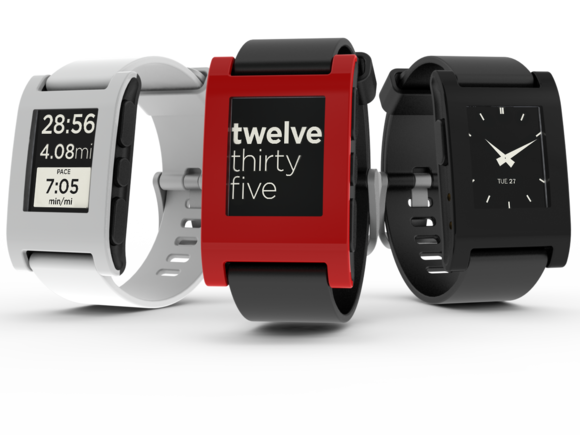


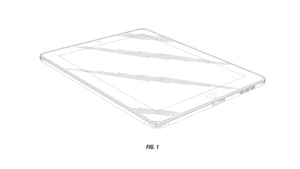

















1 comments: